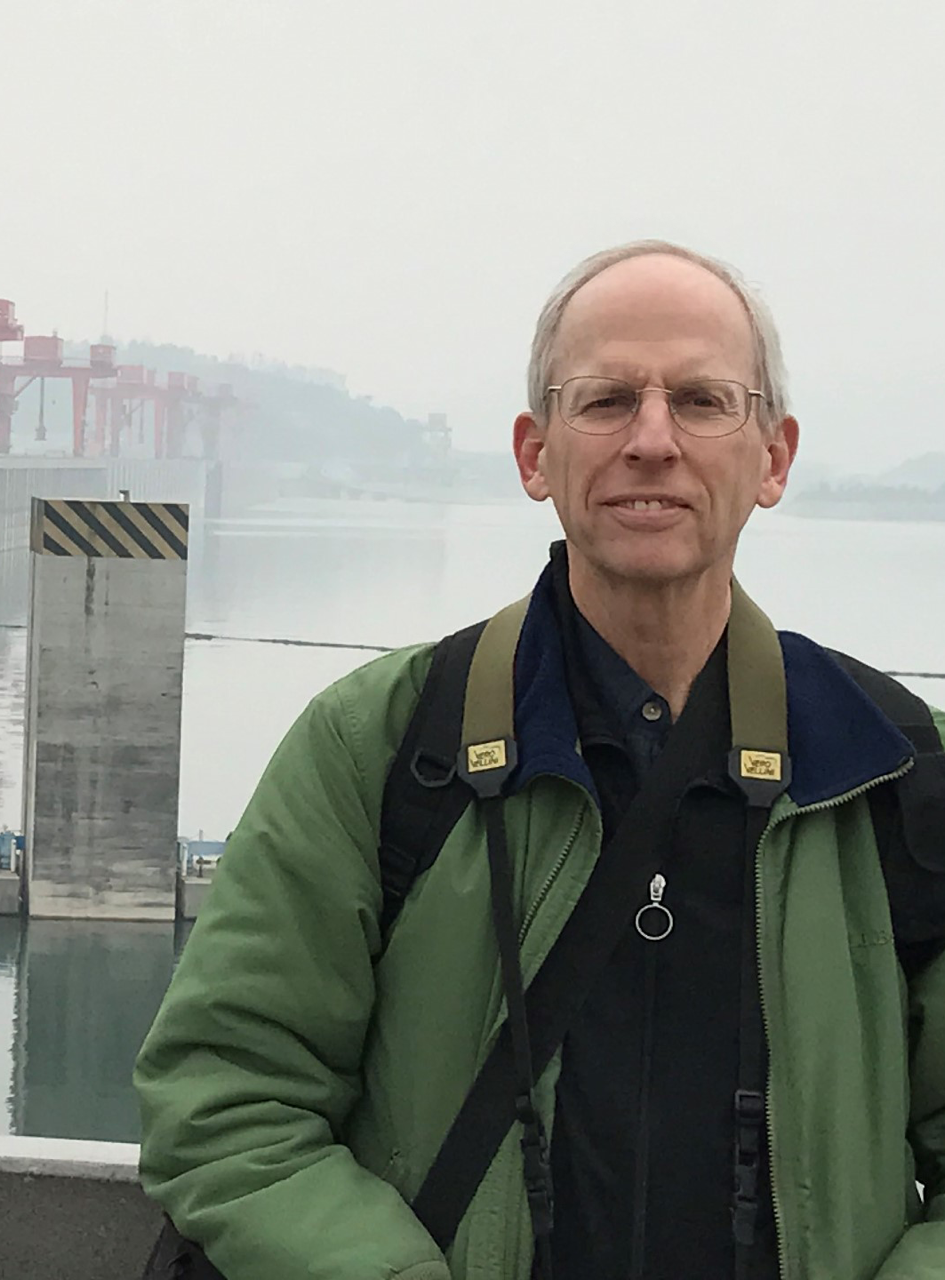
BY JOE KUHN
Last week academics and local residents from New York to New Jersey gathered at Ramapo College for this year’s Ramapo River Watershed Conference.
The annual symposium celebrates and investigates the health and status of the historic Ramapo River, which provides Rockland County with over a third of its drinking water. Among this year’s presentations was a state sponsored survey into the condition of the waterway, in which Rutgers Professor Daniel Van Abs shared his assessment of not only the Ramapo River but the vital aquifers that feed it.
His findings were less than reassuring.
The main goal of Professor Van Abs survey was to “compile and asses readily available information” and then “develop recommended project plans” based on those findings. Thus the professor’s report is the culmination of all existing research on not only the Ramapo River but also the Hackensack River and the aquifers that feed them.
The study’s major conclusion was that the vast majority of the county’s water supply comes from ground water; Rockland is “pretty lousy when it comes to reservoirs” and is heavily dependent on natural water wells and the rivers they support. Unfortunately, the study concludes that these wells have become “stressed” in terms of both water quality and yields.
The aquifers are running out of water while at the same time the quality of that water is degrading, Van Abs believes. The main culprit for this degradation is the semi-urban development, which has occurred “at the absolute worst place for the river, right alongside it.”
The majority of the county’s water [70 percent] comes from aquifers that exist in highly developed areas exposing them to the salt that is used to deice local roads. The salt used on those roads frequently seeps into ground wells, rendering their water undrinkable.
Multiple wells across the county have already been shut down due to rising chloride levels. This issue “is not easily treated” and could take years to properly resolve, Van Abs warned.
Increased flooding has also taken a toll on the county’s overall water quality. Due to an increase in extreme weather patterns over the past few years, streams and tributaries around the county are experiencing increased erosion, he said.
As Van Abs describes it, rapid rainfall adds “a tremendous amount of energy” to Rocklands watercourses causing them to literally break down; stream beds throughout the county are being pulverized by heavy rainfall adding more debris into the water flow. Rocks, loose sediment, and other containments are accumulating in the river while streams are facing potential collapse due to extreme erosion.
To compound this problem it appears that Rockland’s ground wells are now being pumped so hard that the water from rivers is feeding the aquifers instead of the other way around, allowing containments in the river to enter the ground water.
Fortunately Professor Van Abs study and presentation concluded with some lighter news and a series of recommendations for improving the situation. These recommendations range in feasibility and price, the simplest include reducing the amount of salt used to deice roads, the most complex including virtual modeling of the town’s waterways to better recognize high risk flood areas.
Professor Van Abs was also quick to point out that Rockland has a wealth of “preserved open space” with Ramapo in particular being 52 percent forested. The professor believes “we should be okay” as long as that land is maintained, as undeveloped land is critical for sustaining a healthy aquifer that is able to clean and resupply itself.
Finally the study concluded that per capita water use in the county has decreased over the past few years, and if that trend continues the Ramapo River will be under significantly less stress.

You must be logged in to post a comment Login